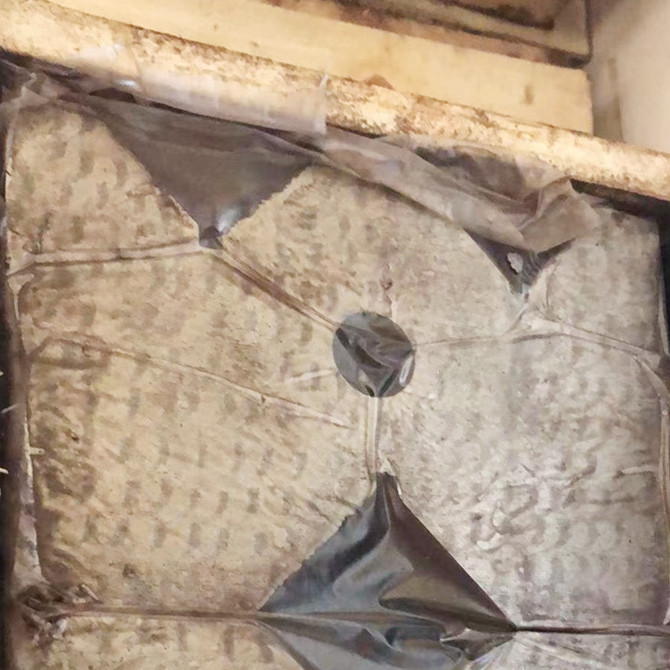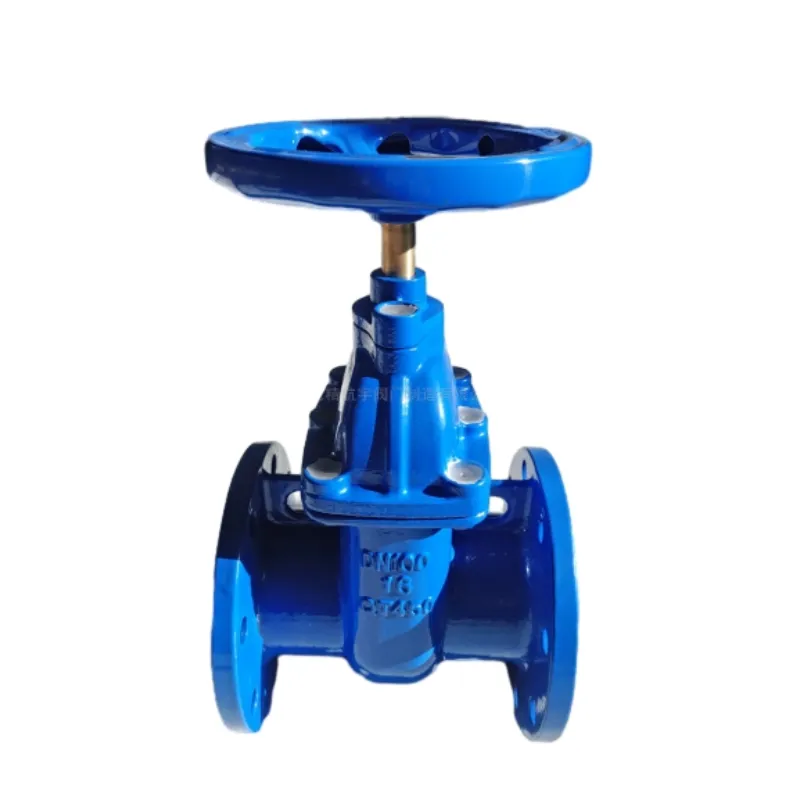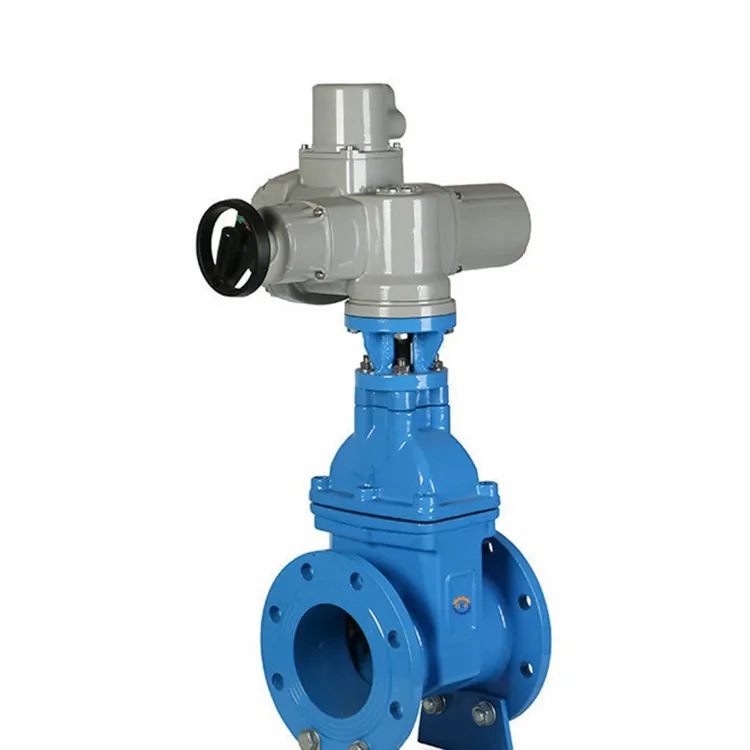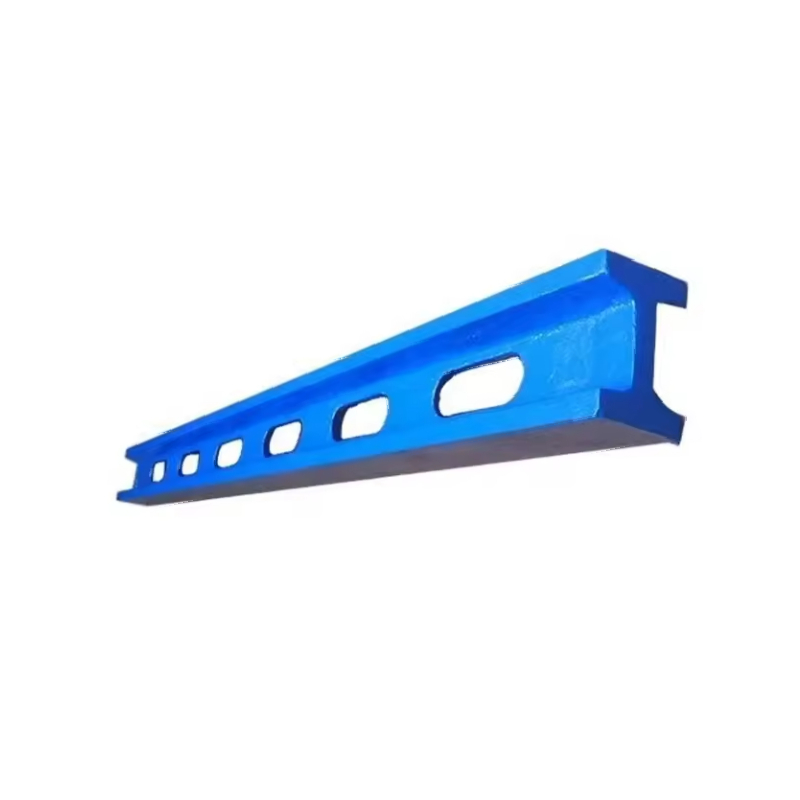12 月 . 04, 2024 16:23 Back to list
butterfly valve cost
Understanding the Cost of Butterfly Valves
Butterfly valves are essential components in a variety of industries, including water treatment, power generation, and food processing. Their design is simple, yet they are highly effective for regulating flow in pipelines. When considering the installation or replacement of a butterfly valve, it is crucial to understand the factors that influence its cost. This article will explore the various elements that determine the price of butterfly valves, helping you make an informed decision for your application.
1. Types of Butterfly Valves
The first step in understanding butterfly valve costs is recognizing the different types available. Butterfly valves can be categorized based on their design, materials, and operating mechanisms, which greatly influence their price.
- Wafer Butterfly Valves These are lightweight and installed between two flanges. They are relatively low-cost and are commonly used in applications with lower pressure. - Lug Butterfly Valves Similar to wafer valves but designed with threaded lugs for bolt mounting. They tend to be pricier than wafer valves due to their more robust construction. - Double-flanged Butterfly Valves These valves offer enhanced sealing capabilities, making them suitable for high-pressure applications. Their cost is higher due to the added features and materials used.
The material of the butterfly valve significantly impacts its cost. Common materials include
- Cast Iron Often used for general applications due to its durability and affordability. It is cost-effective but may not be suitable for corrosive environments. - Stainless Steel Known for its excellent resistance to corrosion, stainless steel is ideal for food and pharmaceutical applications. However, it is more expensive compared to cast iron. - Plastic Lightweight and resistant to corrosion, plastic butterfly valves are often used in chemical processing. While they are generally less expensive, they may not withstand high pressures.
3. Size and Specifications
The size of the butterfly valve directly correlates with its cost. Larger valves require more material and advanced manufacturing processes, leading to a price increase. Additionally, specific application requirements, such as pressure ratings, temperature tolerances, and flow characteristics, can also influence the overall price.
butterfly valve cost

4. Actuation Methods
Butterfly valves can be operated manually or through automated systems. Manual valves are generally less expensive, while automated valves equipped with electric or pneumatic actuators will significantly increase the cost. The complexity of the actuator and the control systems also adds to the pricing.
5. Application Environment
The environment in which the butterfly valve will be used can affect its cost. Valves designed for hazardous or extreme conditions, such as high temperatures, pressures, or corrosive substances, often require specialized materials and coatings, thereby increasing their price. Therefore, it is essential to evaluate the operational environment when budgeting for butterfly valve costs.
6. Manufacturer and Brand Reputation
The price of butterfly valves can vary widely based on the manufacturer and brand reputation. Established manufacturers with a history of quality and reliability may command higher prices, whereas lesser-known brands might offer more competitive pricing but may lack in performance and longevity. Investing in reputable brands often pays off in long-term reliability and reduced maintenance costs.
7. Additional Costs
When budgeting for butterfly valves, it’s essential to consider additional costs such as installation, maintenance, and potential future repairs. Professional installation services and routine maintenance will add to the overall expenditure, so planning for these costs is crucial.
Conclusion
Understanding the costs associated with butterfly valves involves a myriad of factors, including the type of valve, material selection, size, actuation methods, application environments, and the manufacturer’s reputation. By conducting thorough research and evaluating your specific needs, you can make informed choices that align with your budget while ensuring optimal performance for your applications. Whether you seek cost-effectiveness or top-notch quality, knowing these elements will guide you to the right butterfly valve solution for your operation.
-
Y Type Strainers: A Comprehensive GuideNewsOct.18,2024
-
Understanding Water Valve Options for Your NeedsNewsOct.18,2024
-
Functions and TypesNewsOct.18,2024
-
An Essential Component for Fluid SystemsNewsOct.18,2024
-
Adjustment and ReplacementNewsOct.18,2024
-
Slow Closing Check Valves: A Key Component in Fluid SystemsNewsOct.08,2024
Related PRODUCTS









